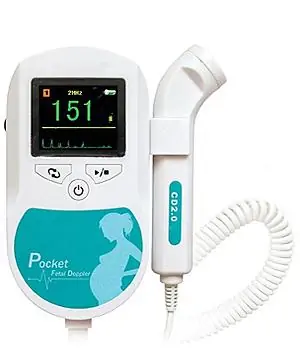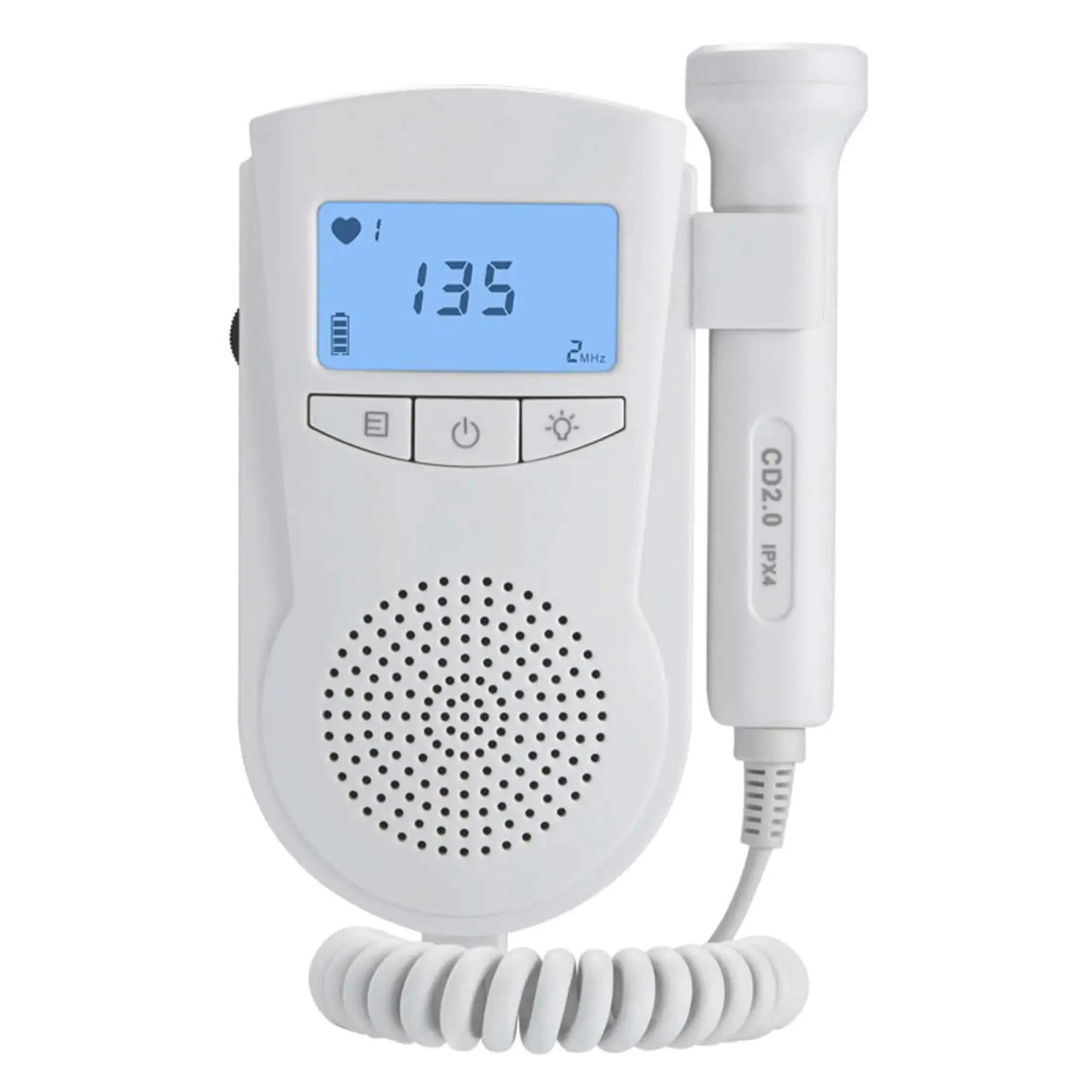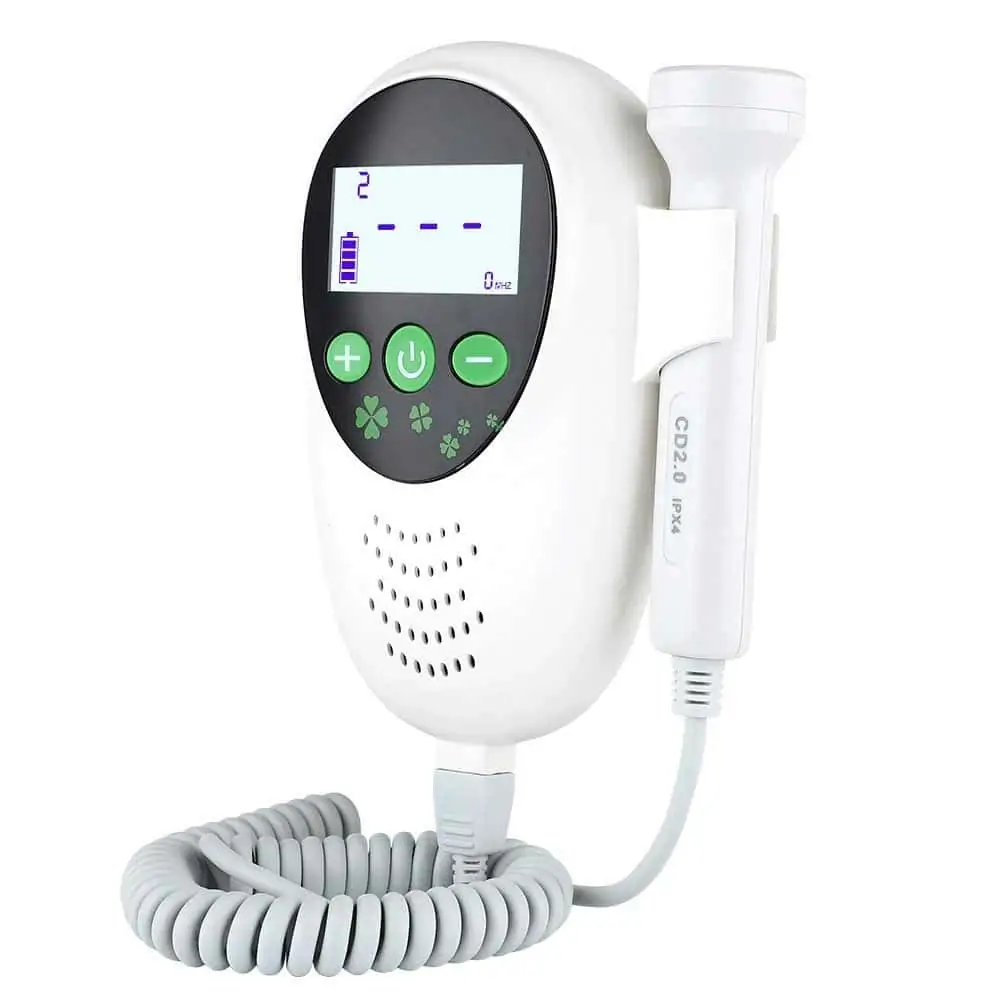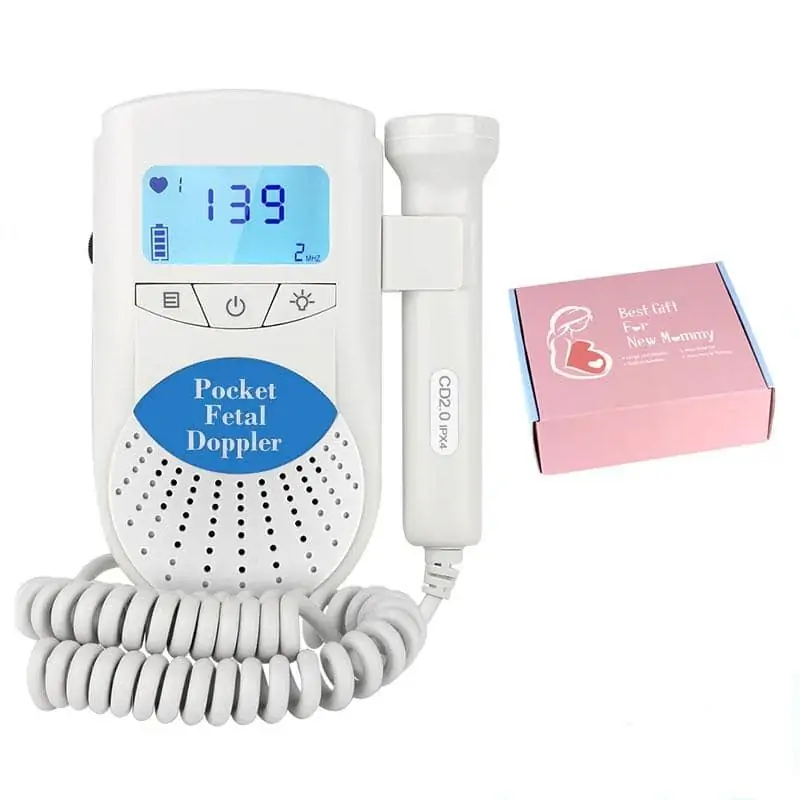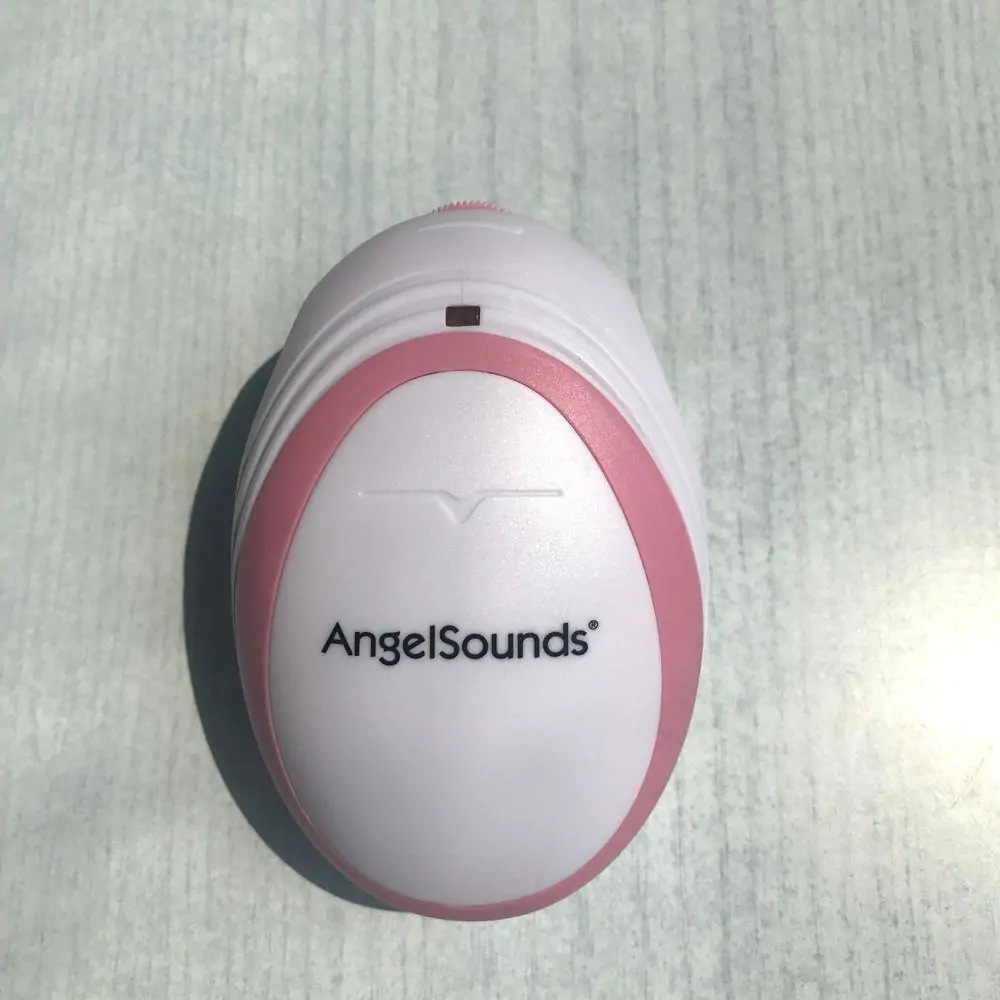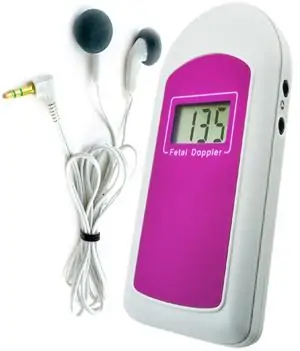Understanding Baby Fetal Monitor: Your Thorough Guide Leave a comment
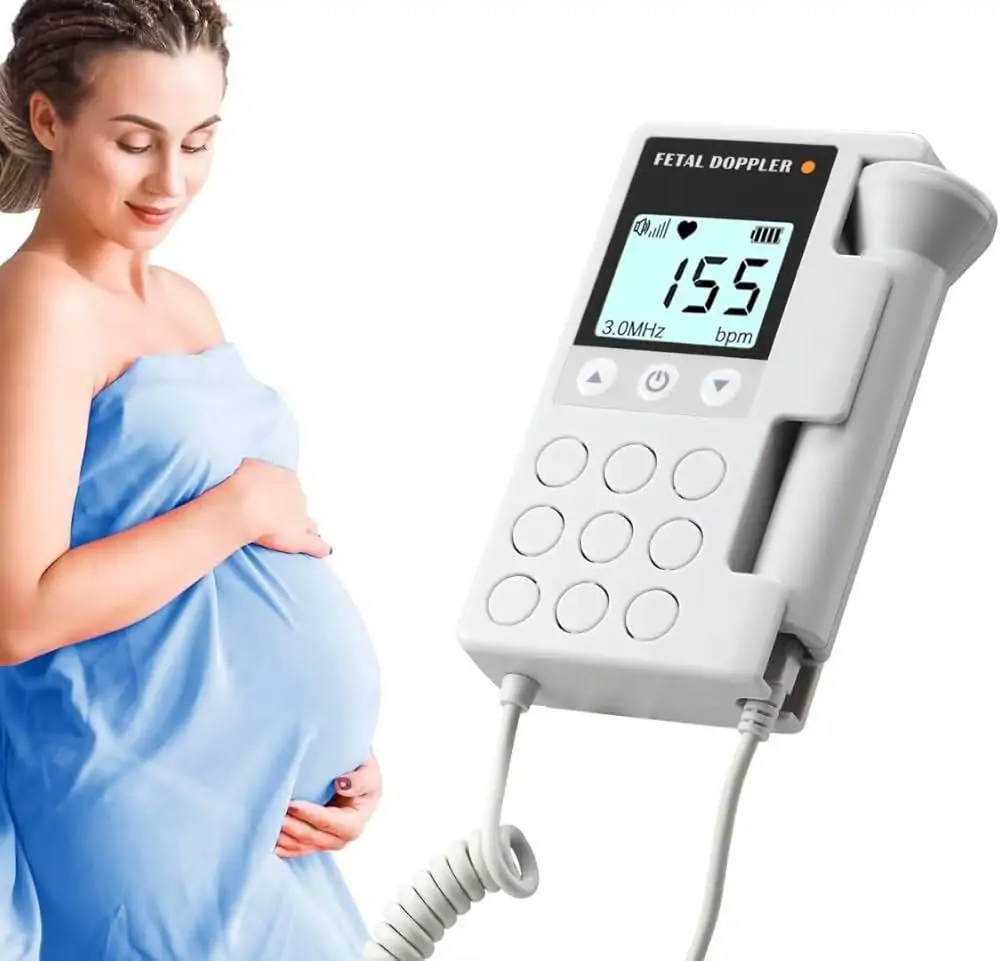
Baby Fetal Monitor
Introduction
As an expecting parent, the journey of pregnancy is filled with excitement, anticipation, and, let’s face it, a bit of anxiety. One of the most crucial aspects during this period is monitoring your baby’s health. A baby fetal monitor is an indispensable tool that provides insights into your baby’s well-being, helping to assure you and your healthcare provider throughout the pregnancy journey.
What is a Baby Fetal Monitor?
A baby fetal monitor is a device that helps track your baby’s heart rate and other vital signs during pregnancy. This modern technology comes in various forms, from handheld devices for home use to complex machines used in hospitals. Understanding how these monitors work can be instrumental in ensuring a healthy pregnancy experience.
Types of Baby Fetal Monitors
Fetal monitors can be classified into two primary types:
1. External Fetal Monitors
-
- Ultrasound-based: these monitors use sound waves to produce images of your baby’s heart activity. They are non-invasive and commonly used during prenatal visits.
-
- Doppler Monitors: Portable devices that let parents listen to their baby’s heartbeat at home.
2. Internal Fetal Monitors
-
- Fetal Scalp Monitor: A small wire is placed on the baby’s scalp during labor for a more accurate reading.
Benefits of Using Baby Fetal monitors
Employing a fetal monitor can bring various benefits, ensuring both mother and baby’s safety during pregnancy. Here are some key advantages:
-
- Peace of Mind: Regular monitoring of your baby’s heart rate can alleviate anxiety for expecting parents.
-
- Early Detection: Identifying potential issues may lead to timely interventions.
-
- Convenience: Home-use monitors provide a way for parents to check in on their baby without frequent hospital visits.
-
- Educational Tool: Listening to your baby’s heartbeat can enhance bonding and engagement.
How to Use a Baby Fetal Monitor
Using a baby fetal monitor can vary depending on the type you have. Below are general instructions based on the most common types:
External Monitors
-
- Choose a Cozy Position: Positions can include reclining on your back or side.
-
- Turn on the Monitor: Follow the manufacturer’s instructions to power up and calibrate the device.
-
- Locate the Heartbeat: Move the transducer (if applicable) gently until the baby’s heartbeat is heard.
-
- Record the Data: Note the heart rate and any fluctuations for your healthcare provider.
Internal Monitors
These are typically performed in a healthcare facility. A trained medical professional will insert a small monitor connected to a fetal scalp electrode after the water has broken and during labor.
Practical Tips for Using Baby Fetal Monitors
-
- Timing is Key: Make sure to use the monitor when the baby is most active for the best readings.
-
- Stay Calm: Stress can affect your baby’s heart rate; practice relaxation techniques before monitoring.
-
- Consult Your Doctor: Always bring data from the monitor to your healthcare provider for analysis.
Case Study: Frist-Hand Experiences
A study of expectant mothers in a local community revealed that those using home fetal monitors felt more connected and informed about their pregnancies. Many mothers reported important emotional comfort after hearing their baby’s heartbeat, strengthening their bond.
One mother shared, “Using the fetal monitor at home made my husband and me feel so much more included in our baby’s growth. It turned into our little family ritual at the end of each week.”
Choosing the Right Baby Fetal Monitor
When selecting a fetal monitor, consider the following factors:
-
- Type: Determine whether you want an external or internal monitor based on your comfort level and monitoring needs.
-
- Portability: Consider if you prefer a device that you can take with you.
-
- Ease of Use: Look for user-friendly options that come with clear instructions.
-
- Price: Set a budget and see what features fall within your range.
Frequently Asked Questions (FAQs)
| Question | Answer |
|---|---|
| Is it safe to use a baby fetal monitor at home? | Yes, provided that you follow the manufacturer’s guidelines. |
| How frequently enough should I use a fetal monitor? | Consult your healthcare provider, but many recommend once a week for regular monitoring. |
| What is a normal fetal heart rate? | A typical range is 120-160 beats per minute. |
Conclusion
A baby fetal monitor can be a vital tool for expecting parents, offering insights into your baby’s health that can foster peace of mind and a closer emotional connection. From understanding the types of monitors to selecting the best one for your needs, this article has hopefully equipped you with the knowledge you need to navigate your pregnancy confidently.







